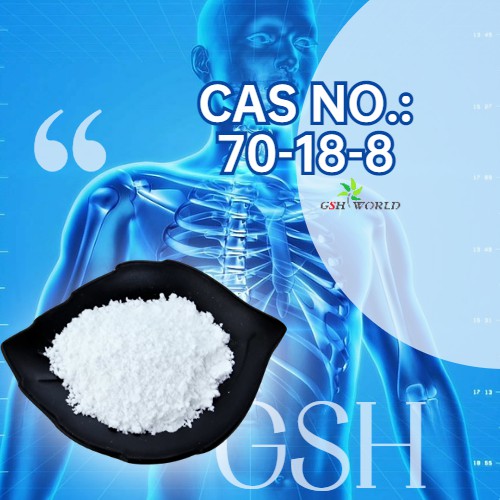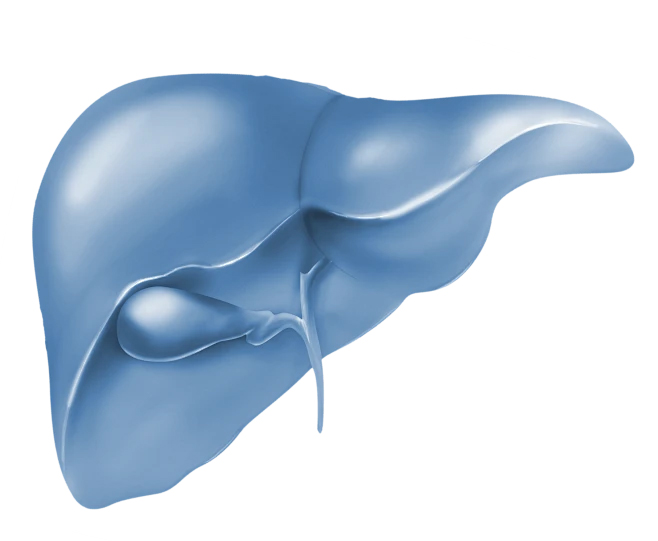Glutathione, Actively protect the liver and safeguard health
In winter, with the sudden drop in temperature, the intake of warm and nourishing foods in the diet increases, and the frequency of social and drinking activities rises at the end of the year. This further increases the detoxification and metabolic load on the liver.
At the same time, the low-temperature environment is prone to enhance the body’s oxidative stress response, and excessive accumulation of free radicals may damage liver cells.
In winter, liver protection should focus on three core aspects: “metabolic regulation, detoxification enhancement and cell protection”.
Among them, reduced glutathione (GSH) serves as the “antioxidant guardian” of the liver and becomes an important nutritional support for targeted liver protection in winter.

Glutathione, as the most abundant active thiol compound in the liver, runs through the entire process of liver protection in a “multi-dimensional synergy” mode, achieving precise protection and functional support for the liver at the mechanism level.
Specifically, it can be analyzed from the following five core dimensions:
Core detoxification mechanism: Building a “toxin clearance barrier” for liver
The liver is the main metabolic site for exogenous toxins (alcohol, drugs, heavy metals) and endogenous wastes (harmful free radicals).
The detoxification process requires a three-step reaction of “activation – binding – excretion”, and glutathione plays a dual role of “key carrier and catalytic assistant” in this process.
In response to the scenarios of increased alcohol consumption and more high-fat diets in winter, glutathione can specifically accelerate the detoxification rate of acetaldehyde, a metabolite of alcohol, reduce its accumulation time in liver cells, and at the same time lower the indirect irritation of endotoxemia caused by high-fat diets to the liver.
Antioxidant Stress: Strengthening “Oxidative Damage Defense Line” of Liver cells
The low-temperature environment in winter can lead to a decline in the body’s metabolic rate, a reduction in the efficiency of free radical scavenging, and an excessive accumulation of reactive oxygen species (ROS), which can easily trigger lipid peroxidation reactions in liver cells and damage the structural integrity of cell membranes.
Glutathione is the “core hub” of the liver’s endogenous antioxidant system.
It can directly convert reactive oxygen species such as superoxide anions and hydroxyl radicals into harmless water and oxygen, reducing the attack of free radicals on liver cells, enhancing the overall antioxidant capacity of the liver, and protecting the fluidity and permeability of liver cell membranes.
Hepatocyte repair: Activating “Damage Regeneration and Repair Pathway”
When liver cells are damaged by toxins, alcohol or inflammation, glutathione can promote liver cell regeneration through a dual pathway of “structural repair + signal regulation”.
It simultaneously inhibits the activity of hepatocyte apoptosis-related proteins (such as Caspase-3), reduces the loss of functional hepatocytes, and is particularly suitable for the recovery of liver function in people with long-term alcohol consumption and drug-induced liver injury.
Metabolic homeostasis regulation: Maintaining “core function operation” of liver
The liver, as the central organ for the metabolism of sugar, lipid and protein, is prone to metabolic disorders caused by the slowdown of metabolism due to low temperatures in winter, which increases the metabolic load on the liver.
Glutathione can maintain the metabolic homeostasis of the liver by regulating the activity of key metabolic enzymes.
Thereby alleviating the predicament of “low efficiency and high consumption” in liver metabolism under low-temperature conditions;
Glutathione can also regulate the synthesis and decomposition of liver glycogen, help maintain stable blood sugar levels, and reduce the indirect damage to the liver caused by metabolic disorders.
Clinical scenario adaptation: Specifically addressing core needs of liver protection
The liver-protective effect of glutathione has been verified in multiple clinical scenarios, forming a full-scenario coverage of “basic protection – injury repair – disease assistance” :
For healthy people protecting their liver in winter, glutathione can enhance detoxification and antioxidant capabilities, preventing the liver burden caused by low temperatures, diet and alcohol consumption.
For people with alcohol-induced liver injury and drug-induced liver injury, it can accelerate the clearance of toxins and repair damaged liver cells.
In clinical practice, it is often used as an auxiliary intervention method.
For patients with chronic liver diseases (such as hepatitis B and fatty liver), it can improve the inflammatory microenvironment of liver cells, maintain residual liver function, and enhance the quality of life of patients.
The core advantage of glutathione lies in its “endogenous” nature, and its safety far exceeds that of exogenous components.


